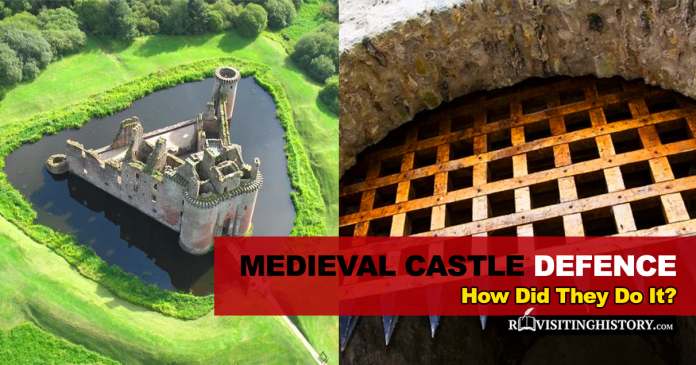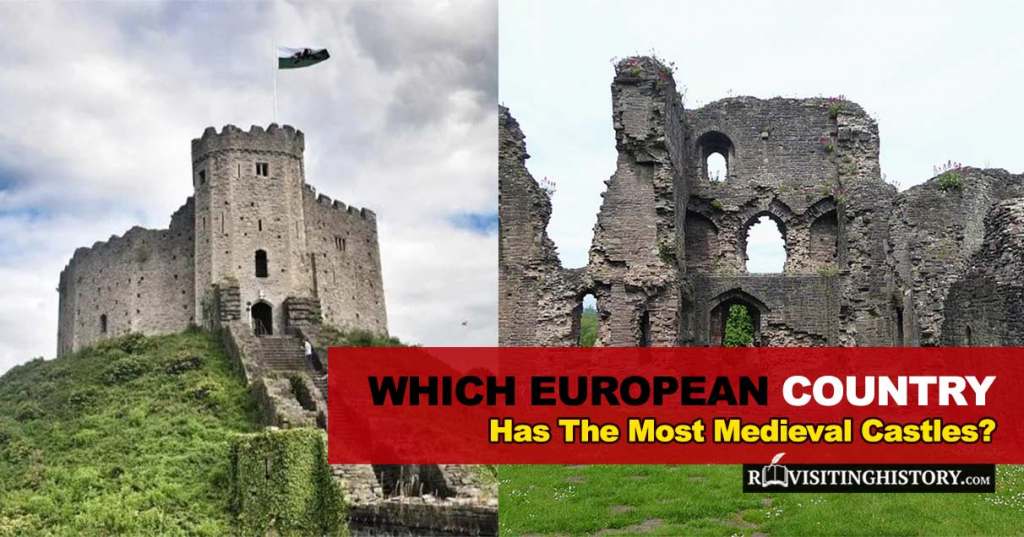Medieval fortresses remain some of the most impressive structures in the world, not only because of their strategic defense systems but also because their construction and fortifications have stood the test of time. When a castle was preparing for a siege, provisions, and villagers from surrounding areas were brought into the fortress as sieges could last for months and at times years.
Well-planned fortresses made provision for an accessible, safe water source; enough shelter to keep the villagers safe, and enough stored food for all. Improved designs developed over time to provide better defense structures as tactics and armaments of invaders changed. These innovations became engineering masterpieces on which some of the basic principles that architects use for defense systems are still based to this day.
Table of Contents
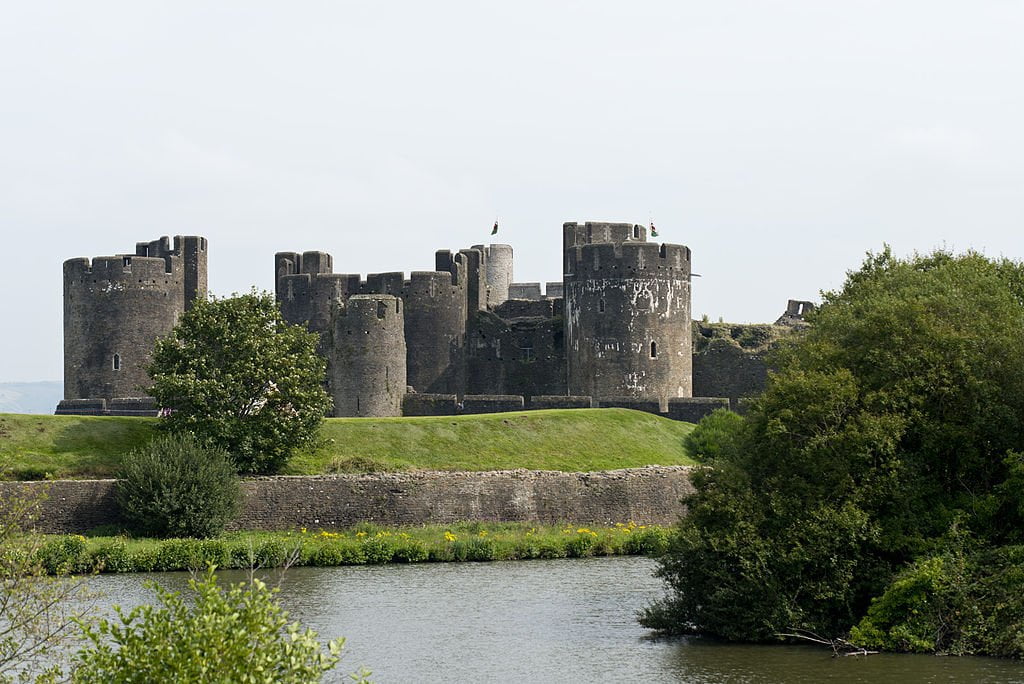
Caerphilly Castle in Wales is widely considered to be the strongest fortified historical structure anywhere in the world. Known as the strongest fort in history, Caerphilly is a testament to the excellence of building and engineering innovations during medieval times.
Its imposing fortified walls in a concentric circle design protected by both round and square towers made the castle impenetrable. Caerphilly has four fortified gates that were never able to be broken down by battering rams during battle, a true testament to the engineering of this stronghold.
Medieval Castle Defenses
Castle defenses in medieval times started off as rudimentary barriers surrounding settlements and villages. These were constructed from wooden stakes. This kind of defensive structure was easily breached as they could be burnt and barraged by armies of invaders using a sturdy tree trunk and manpower.
The vulnerable wooden stakes were eventually replaced by strategically-placed rock-hewn towers linked by curtain walls. Curtain walls were made of rocks, rubble, and stone. They were built as high as possible and served as defense as well as protection against natural elements like storms. These early non-structured curtain walls seem to have been easily breachable.
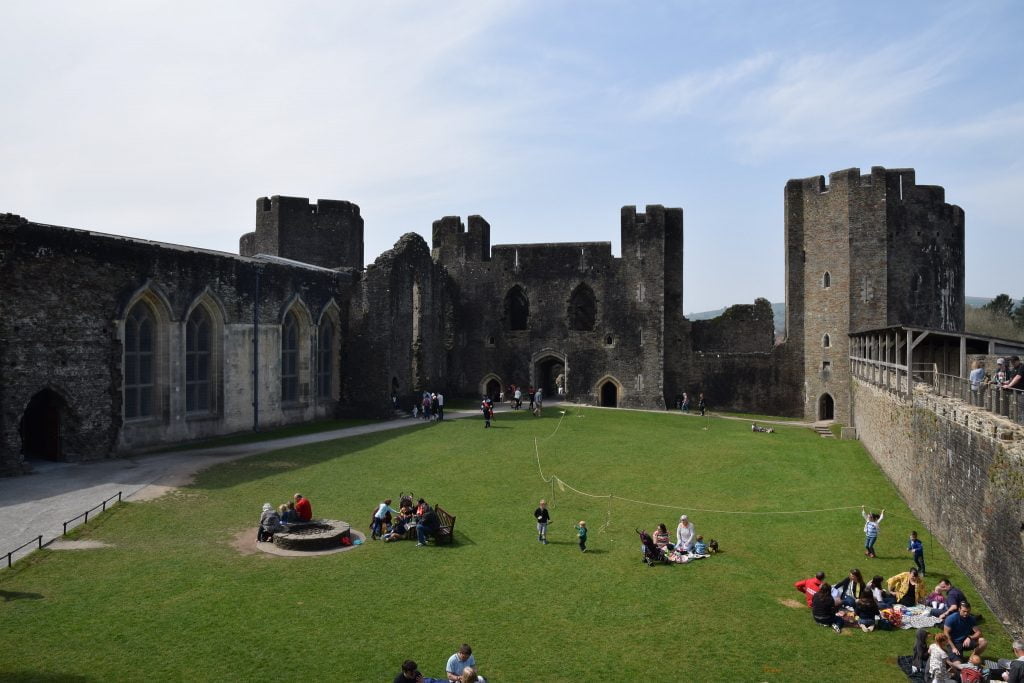
The towers were used as the primary positions for experienced bowmen who rained arrows onto the invaders. The curtain walls, often over 6 feet wide, had an internal system of bridges. These internal bridges were used to pour burning oil and tar onto invaders trying to climb the curtain wall with ladders.
Medieval castle defenses developed further to include moats that surrounded the castle, making the castle only accessible by one drawbridge. The moat was a water-filled ditch of filth, from castle sewage water dumped into the moat, making it a particularly unpleasant swim for those who wanted to attempt it.
The Towers
Castle towers were fortified structures that provided not only excellent look-out points but also allowed for flanking fire covering the runs of curtain walls. Windsor Castle in England is one of the best examples of tower fortifications, most notably its stunning Round Tower.
Towers were usually built on each side of the gate, and a gate tower was built on top of the gate passage. More towers were strategically positioned at intervals around the circumference or on all sides of a castle, for 360-degree observation of the surroundings.
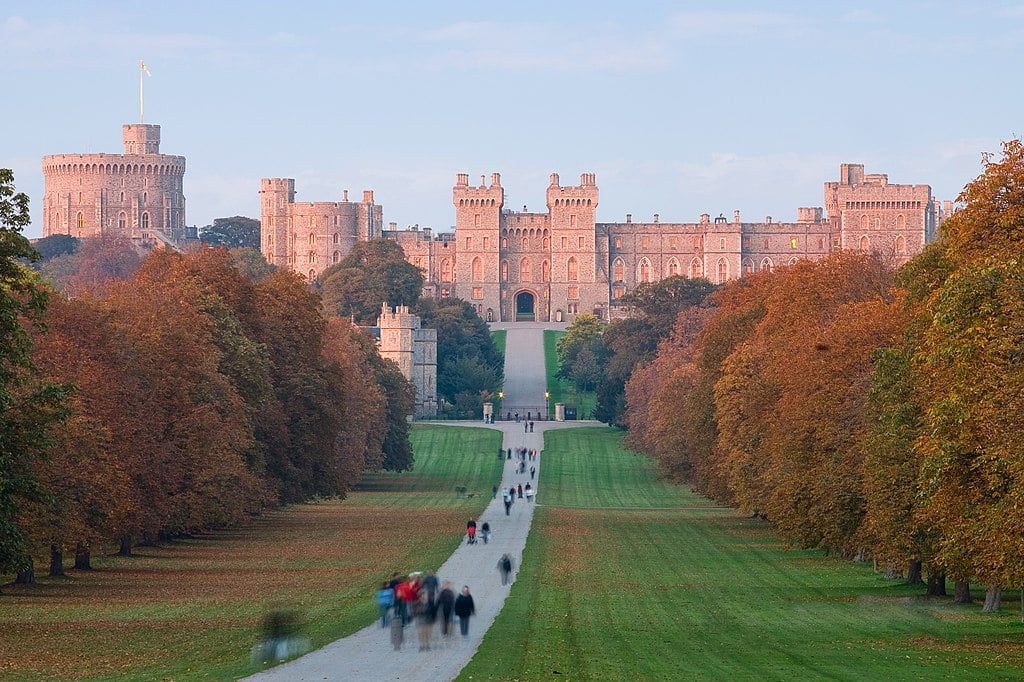
Invaders soon found a way to bring down rectangular towers. They tunneled underneath the corners which would cause the towers to collapse. Castle designers soon realized that the best way to prevent this from happening was to build round towers instead of rectangular ones.
As siege technology evolved so did the construction of towers. Horseshoe or D-shaped towers were built to ensure protection from all sides.
The Curtain Wall
The meaning of curtain wall is derived from the Latin word “cortina” meaning an enclosure surrounded by walls. Rhuddlan Castle has a good example of curtain walls that still stand strong today. Curtain walls are one of the oldest and greatest defense structures in the world. Although similar to ancient fortification structures, the revival and improvement of the idea originated with the greatest conquerors of all – the Romans.
An outstanding example is the Theodosian Land Walls of Constantinople, built in the 5th century. These walls protected the city from inland invaders by connecting rectangular towers with massive curtain walls. Some sections of these huge walls are still standing in the old city area of Istanbul today.
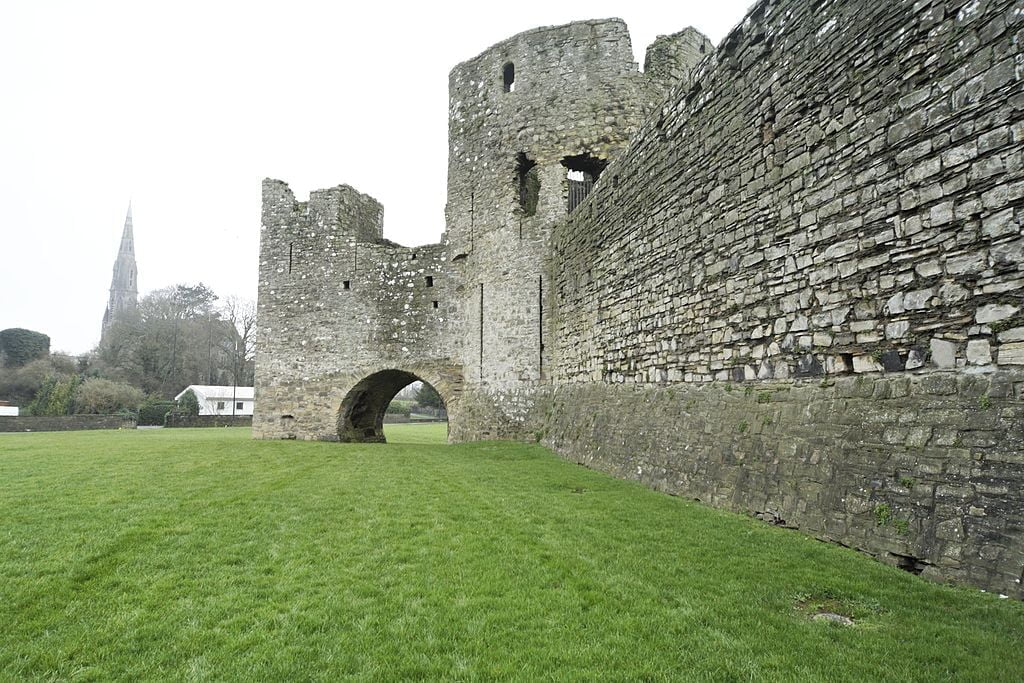
Curtain walls built between towers or bastions formed an integral part of the castle defense structure. The curtain walls between the towers were so thick at the base that they were virtually impenetrable.
Imagine a wall between 7 and 20 feet wide at the base and 30 feet high, built out of compacted earth, loose rocks, and hewn stone. In Britain, some curtain walls, like those at Framlingham, had walls that were an impressive 44 feet high. Castles like Dover had curtain walls that were up to 20 feet deep.
We can only marvel at the feat it would have been to approach these formidable walls as an invader while dodging arrows and rocks raining down from the defenders above.
Machicolations
These were stone holes in the overhanging parts of the wall that allowed soldiers to hurl rocks and animal dung onto attackers below. These holes were also excellent for firing arrows that could stop attackers from attempting to climb the curtain or tower walls. A slightly less gruesome example of machicolations is at Blarney Castle, Ireland: where, in order to kiss the infamous Blarney Stone, you have to lay down and stretch over the gap of a machicolation. (Kissing the Blarney Stone is said to give you eloquence of speech and flattery.)
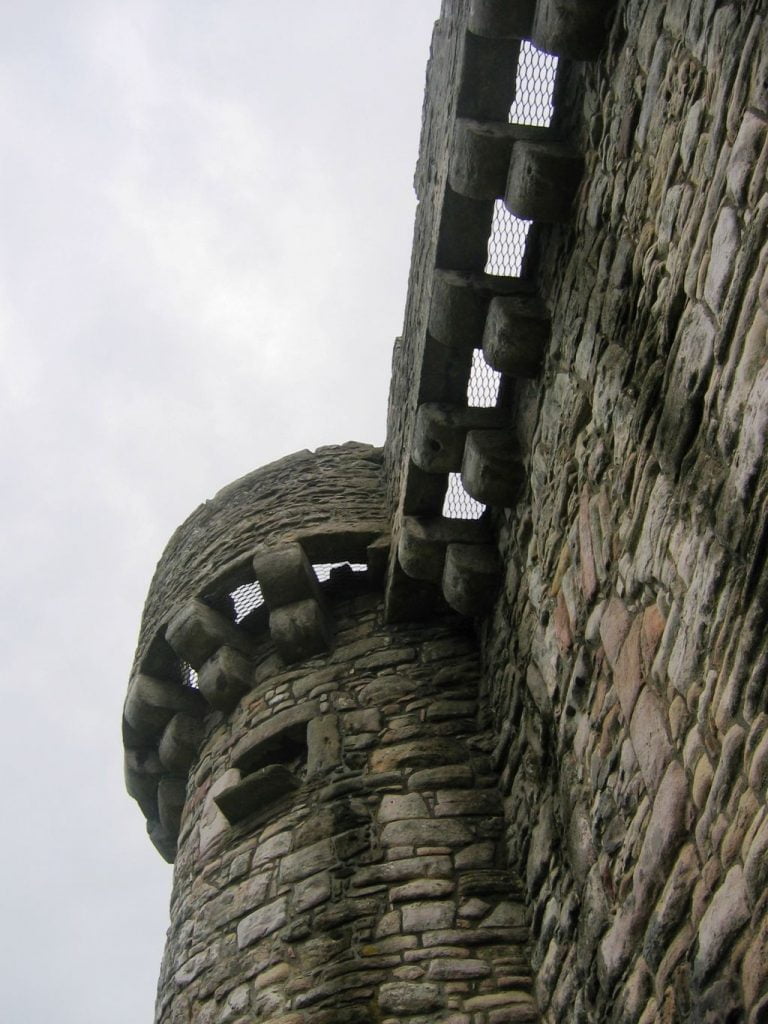
The Gatehouse
Early castles had simple and accessible gateways, perhaps the main gate facing the outside village, and an exit gate at the rear for escaping from invasions. Fortified towns had gateways that became gatehouses with vaulted entrances that often included accommodation for the guards.
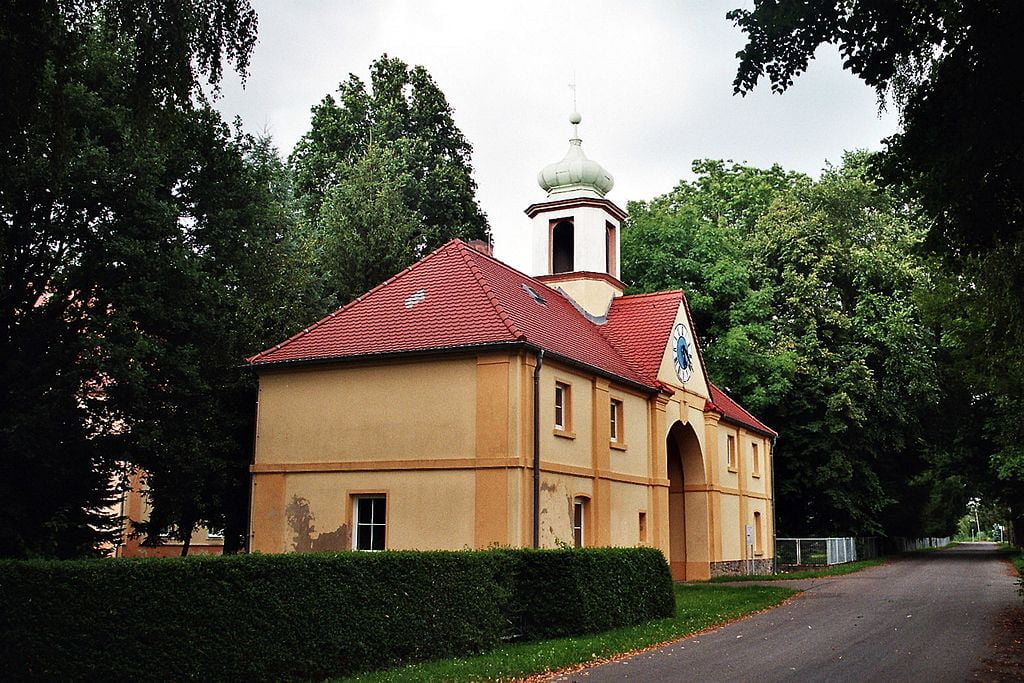
Eventually, castles narrowed down to one single gatehouse with a drawbridge for defensive protection. Portcullises were added to reinforce the gate doors as an extra measure of defense. As society progressed and the need for fortified castle entrances no longer existed it became fashionable to have a magnificent gatehouse where the gatehouse man and his family lived. This had now become an element of prestige rather than a necessity.
The Barbican
This was really a fortified outpost built in front of the main castle which formed the first part of the gatehouse complex defense system.
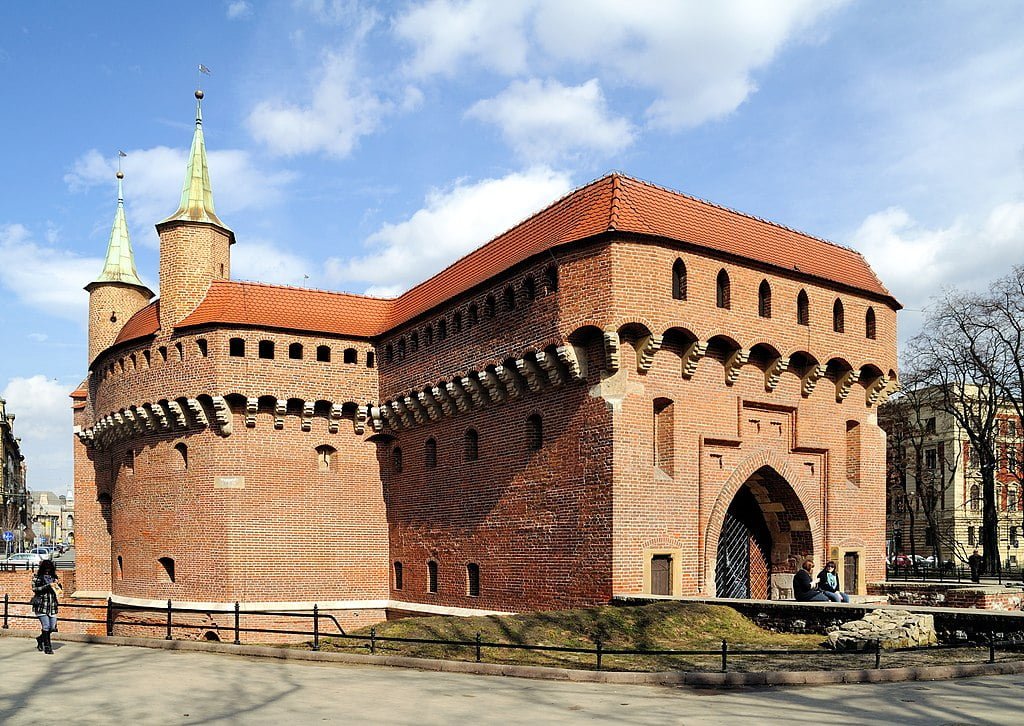
Barbicans were a walled road that formed a bottleneck, trapping the enemy in a narrow space and making them sitting ducks to be attacked by surrounding towers. A single knight with a handful of soldiers could control this area.
Located at the top of the barbican were “murder holes”. These were holes in the ceiling where boiling oil, tar, and water were dropped onto the invaders. Slits in the sides of the walls enabled defending soldiers to fire arrows into the barbican, killing invading soldiers.
The Drawbridge
The drawbridge formed an imperative part of castle defense in the Middle Ages. A drawbridge is exactly as it sounds – a drawbridge. Typically located at the only entrance to a castle, the bridge could be withdrawn to stop any access to the castle. Originally these bridges were just planks and pieces of wood placed from the entrance over the moat onto the bank. These could simply be drawn in whenever the enemy was approaching.
As castle defense structures advanced, the technology for the drawbridge evolved and it became a wooden deck that was secured on the one side with a hinge on the gatehouse. This bridge could be raised using ropes or chains and pulleys that were attached to an internal chamber.
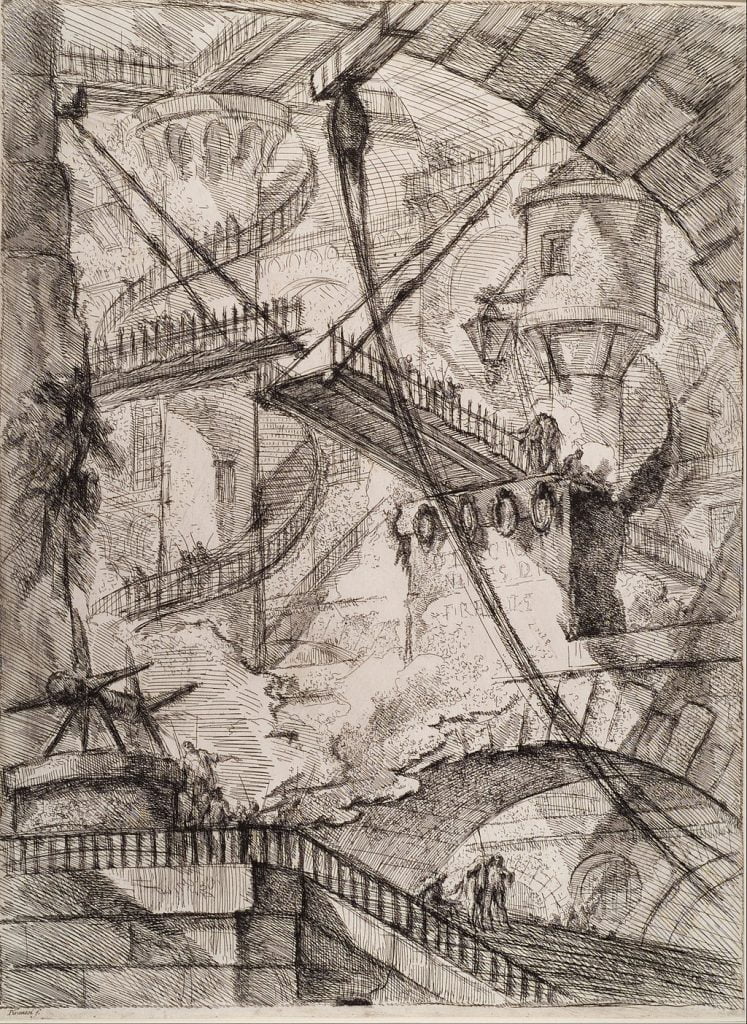
Heavy chains on massive drawbridges could be raised by using counterweights from stones. In some castles, the portcullis was used as the counterweight to lift the drawbridge. Another drawbridge system worked like a clock, where the bridge could simply be swung into position, for example from the 3 to 6 o’clock position.
The “bascule” system referred to a see-saw moat arrangement. A complex counterweight on either side would draw one side up while the other went down. The remains of a “bascule” bridge can still be seen in Raglan Castle in Wales.
The Moat
Moats were an important part of Medieval castle defense as well, almost a weapon in their own right for the capacity to drown or even poison (filthy waters) invaders if they tried to cross it. Most of the time, ditches were excavated as the castle was being constructed, and then filled with water. The ditch was purposely shaped when the sand and rocks were dug out for building materials for the castle. The average depth of a moat was around 30 feet. Its water may have been clean at first, but soon became a cesspit as sewage buckets were emptied daily.
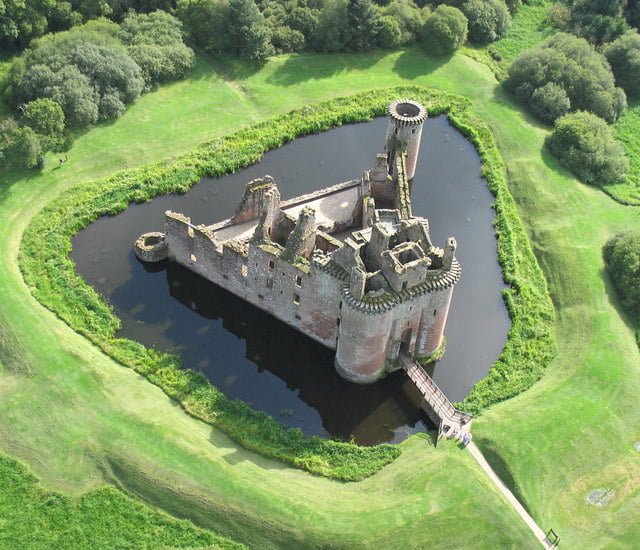
The moat system poised an effective defense system, causing many difficulties for invaders. Firstly, would you really want to get into that disgusting, filthy water not knowing how deep it is? Few soldiers were able to swim in the Middle Ages. Nails and sharp metal objects were difficult to spot in the murky water of shallower moats, posing threats to invaders’ feet.
The possibility – and likelihood – of collapse due to water penetration, prevented tunneling under the ground to get to the castle walls and towers. It was impossible to move a heavy battering ram through the water. Moving the ram across a steep-sided moat, even if the water was shallow or drained, posed the same difficulty. The invaders could also not carry ladders through the moat to climb the castle walls as they were perfect targets for the defenders’ arrows. Invaders tried makeshift bridges to cross the moat. But they still had to avoid the barrage of arrows from above, generally concentrated on danger-specific spots.
Explore Medieval Times Deeper or Continue Reading…
Medieval Castle Defense: Weapons
Medieval castle defense required weapons to defend castles, much the same as the weapons used to attack castles. Both the invaders and the defenders used the technology available at the time.
Bows and arrows
The bow and arrow were one of the most commonly used and easily transported weapons. An accurate bowman could easily take down numerous approaching invaders. Flaming arrows fired at incoming siege towers could cause invading soldiers to have to flee the burning towers. The same tactic was effective against soldiers with battering rams, fending off attempts to bash down gates or walls.
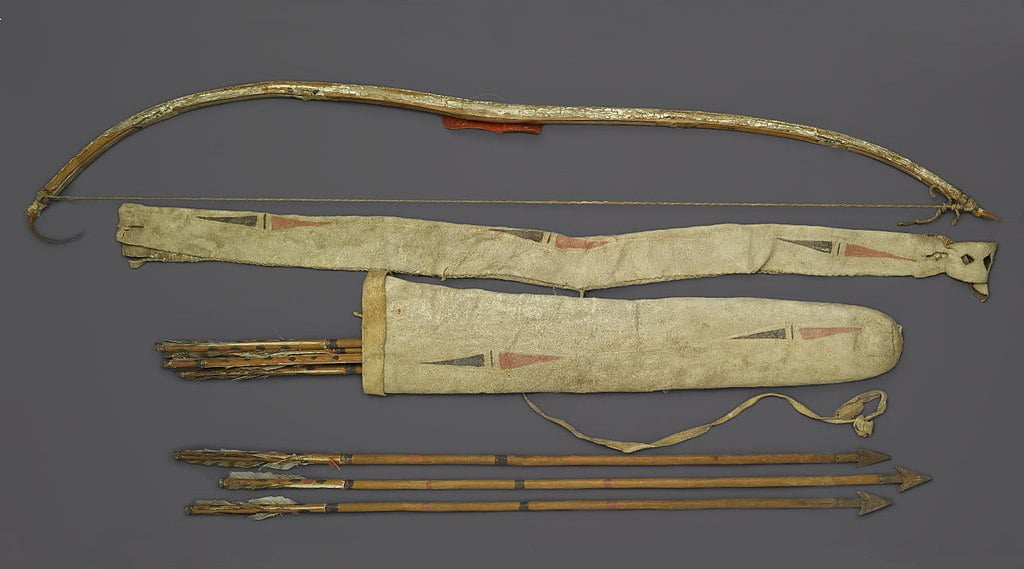
Spears
If at last, the invaders managed to get through the various castle defense systems, they were met with soldiers defending the castle with sharpened spears. The spear was an excellent weapon. At between 6 and 8 feet long, it gave a soldier extra reach to stab the enemy before close engagement.
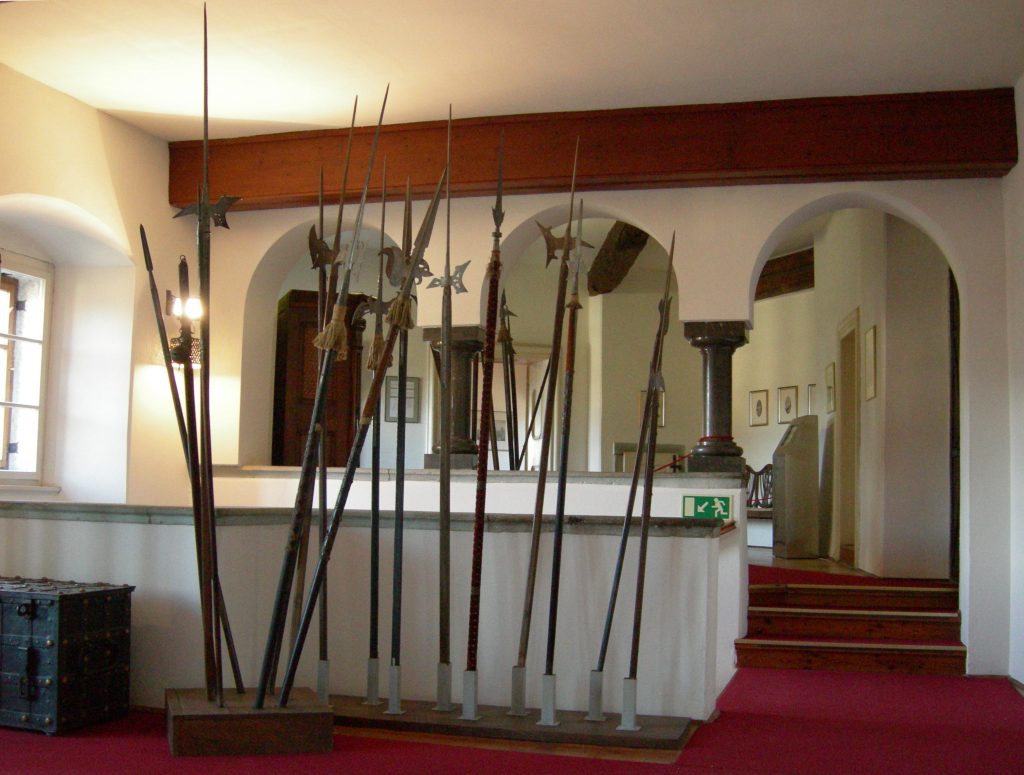
Portcullis
These were gates made from wood and metal that were mounted in a groove between castle walls or inside the gateway. The portcullis could quickly be lowered using the chains attached to a winch–either blocking invaders’ retreat out or entrance to the castle. The portcullis at Cahir Castle is a perfect example of this method of defense.
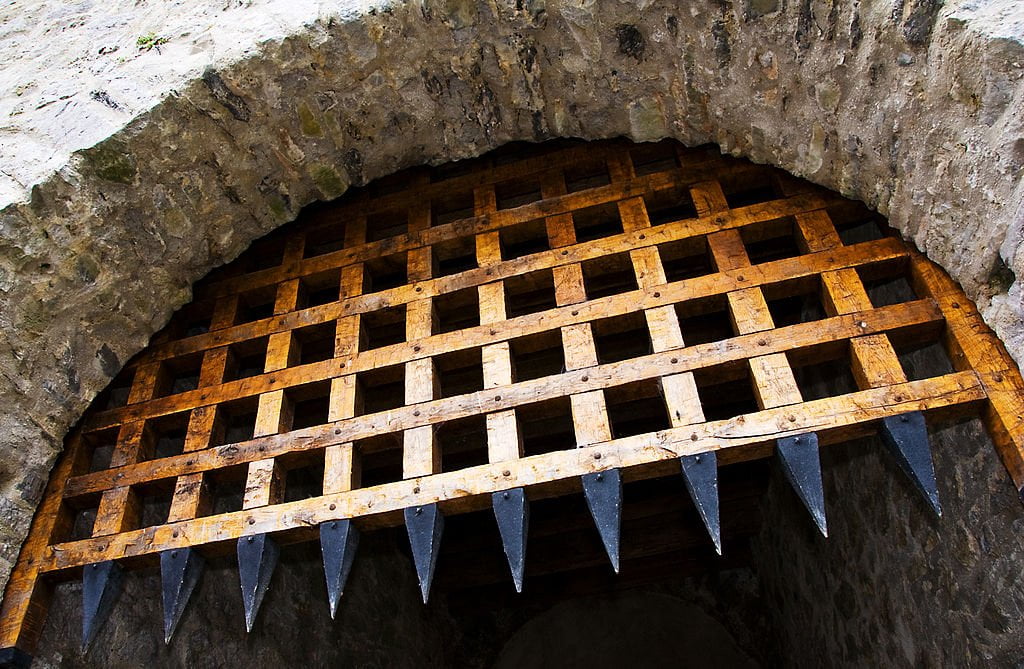
Eventually, weaponry and fighting strategies outstripped the practicality of castles. The nobility stopped building pleasure palaces. The age of castles ended. But castles will always remain relevant in stories and imaginations, the harbingers of an era of adventures and chivalry.

